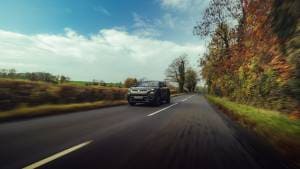Radar-based safety features offered in cars
India leads the fatality rate caused by road accidents with 1.4-lakh deaths every year. According to a global status report published by WHO, the low-income countries similar to India have the highest road traffic death rates amounting to 24 per cent. To increase the focus on safety features in cars as well as to increase the connectivity options, the Indian government delicensed frequency bands in the range of 36-38 MHz, 433-434.79 MHz, 302-351 kHz and 76-77 GHz last year.
Following this update, Volvo sought an official clearance from the government to use a frequency band, particularly the 76-77 GHz. Presently, the Volvo XC90 comes with radar-based safety features as standard, but the kit has been disabled. While Volvo is waiting for an official green light from the government authorities, it is still not clear if the features can be activated at the dealership level or will be offered as an OEM fitment.
We tried reaching out to other premium brands such Mercedes-Benz, BMW and Audi to know if they have applied for a permission to use radar-based safety tech in their cars in India. While BMW and Audi haven't commented on the topic, the only update from Mercedes-Benz was that their cars, unlike Volvos, need two to three ranges of frequency bands for the radar-based features to function.
The interest in radar-based safety equipment is not just from premium brands alone. Last year, India's largest car manufacturer, Maruti Suzuki, too had sought an approval from the Department of Telecommunications (DoT) to use a frequency band to test Autonomous Emergency Braking System (AEB) in the Baleno for export markets. Suzuki offers the Radar Brake Support as an optional feature with the safety pack in the Baleno. Recently, we spotted a Baleno petrol SHVS doing rounds in India which has the same function, dropping a hint that Maruti Suzuki might bring it next year in India.
While we wait for a clear update from the Indian government as well as car manufacturers on the use of radar-based safety features, here is a look at how some of these features affect our daily life.
Automatic braking
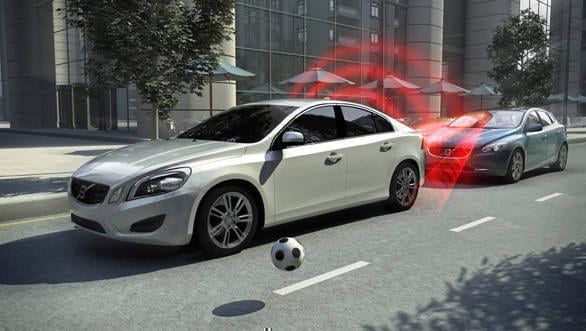
Automatic braking systems are a part of collision avoidance which reduces the severity in case of an accident. The automatic braking system primarily overrides the manual braking as soon as the sensor detects an obstacle approaching the vehicle. Some car manufacturers use laser while others use radar for the same. When the sensor detects an approaching object, the system computes the distance between the object and the car, along with the calculation of the speed of the vehicle and the speed of the object in front.
If there is a considerable difference between their speeds, the system concludes the possibility of a collision thereby activating automatic brakes. In addition to radar, there are automatic braking systems which use GPS data to know about the speed rules and signals of a particular area, where the system comes into action, in case a driver fails to stop.
Lane assist
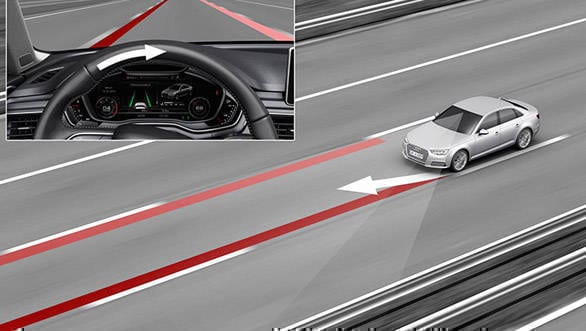
The lane assist feature steps in automatically when the system detects the vehicle leaving its lane. This is done by closely monitoring the position of the lane markings and then comparing it with the position of the vehicle. As soon as the system detects an inconsistency in the positioning, it immediately sends an alert to the driver. There are two types of lane assist. One alerts the driver with a warning message while the other overrides human braking and brings the vehicle to a stop.
Blind spot information system
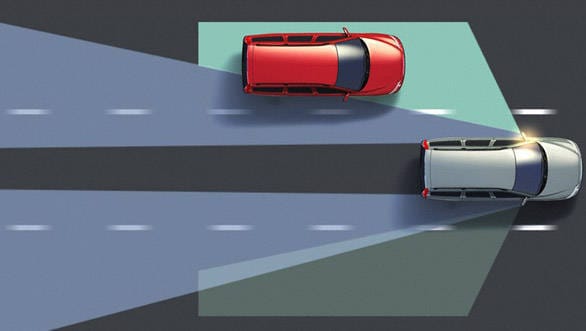
The radar emitters are positioned on the blind spots which can't be usually seen in the rear-view mirror. The sensors are mounted on the corners of the bumper. The radar sensors monitor the area around the vehicle. As soon as the system detects a vehicle entering the blind spot window, it sends an alert to the driver. The purpose of the blind spot information system is to alert the driver and give him more time to react for obstacles that are difficult to spot using the side mirror.
Adaptive cruise control
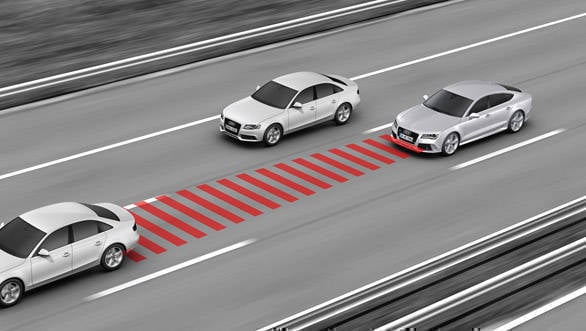
Using the conventional cruise control, the driver can set the maximum speed of his car. However, adaptive cruise control utilises a radar mounted on the bumper or behind the radiator grille. The radar keeps monitoring the traffic ahead and then adjusts with the car in front, commanding the system to set speed accordingly. While the system works just fine in normal days, it is said to have issues in rainy, fog and snowy conditions. The adaptive cruise control is often paired with the pre-crash system and starts braking automatically when the distance between the cars reduces drastically.
Starts Rs 80.9 Lakhs
1969cc
Automatic
235
420
-NA-


